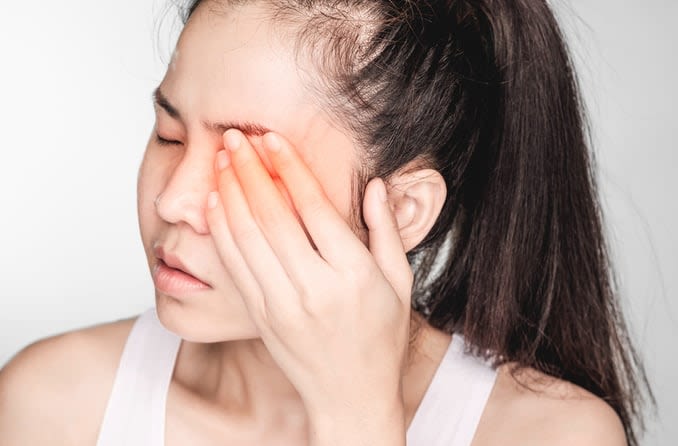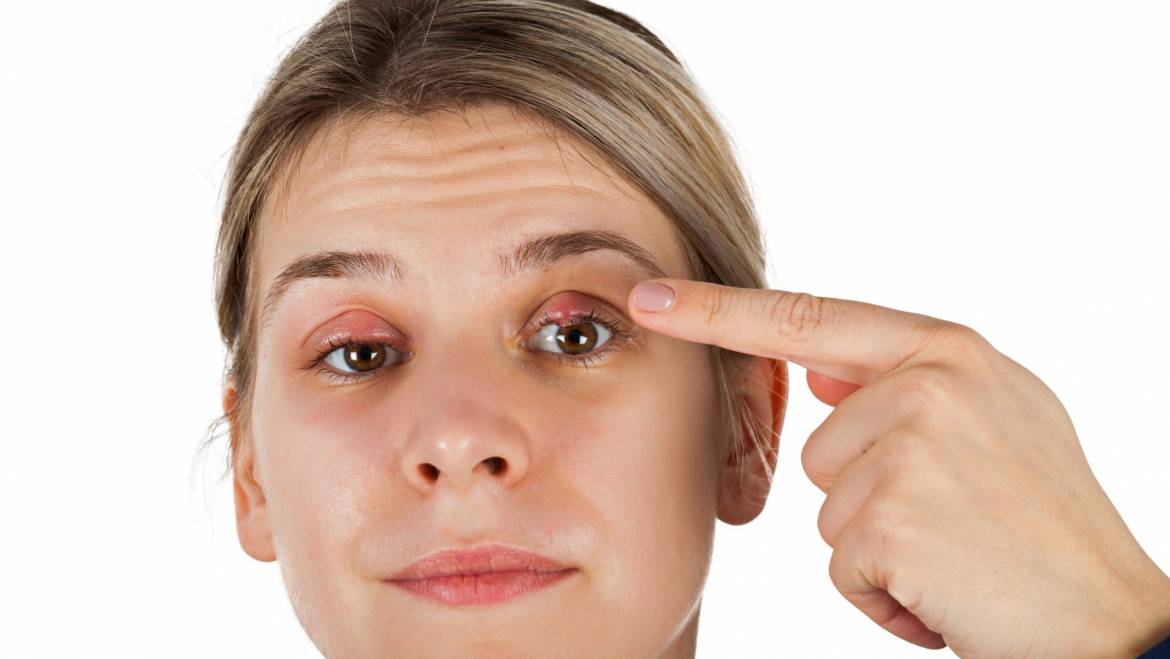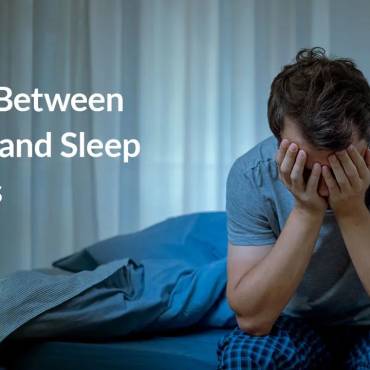Tiny glands on your eyelid produce an oily substance to keep your eyes moist. When there is a blockage in one of those glands, you can wind up with a chalazion, a small lump on your eyelid because of a blocked gland. You can treat your swollen, pain-free gland at home. If not treated at home, consult an eyecare specialist for chalazion removal.

About Chalazion
A chalazion appears as a red bump on your eyelid. It is also known as meibomian cysts that can occur on the upper or lower eyelid. It slowly develops forms when an oil gland on your eyelids gets blocked. Initially, the Chalazion may be painful, but after some time, in most cases, it doesn’t hurt at all. A Chalazion usually develops on the upper lid, but you may also get a swollen lump on your lid. Chalazion develops in adults between the ages of 30 and 50. They do not usually occur in children, but in rare cases, they can happen.
Is Chalazion a stye?
A chalazion is not a stye but can develop because of a stye. Styes are bacterial infections that bring swelling of the gland. These can be painful. However, a chalazion isn’t painful and develops farther back on the eyelid.
The main causes of Chalazion
A chalazion may form when something blocks the tiny oil glands in the eyelid. As mentioned above, this gland help to keep the eyes moist. A blocked gland starts retaining oil and swells. Finally, the fluid will drain, and a hard lump will appear on your eyelid. Other causes of Chalazion are rosacea, seborrheic dermatitis (dry, flaky, and itchy skin), chronic blepharitis, tuberculosis, and viral infections.
What are the signs & symptoms?
When you develop a chalazion cyst, you may have the following symptoms:
- A painless lump in your upper eyelid
- Mild itching and irritation that causes watery eyes
- Blurred vision is usually because of a large chalazion that pushes on the eyeball
How can Chalazion be diagnosed?
You will usually consult an ophthalmologist when you have a chalazion. The healthcare specialist can examine the eye conditions and offer chalazion medication accordingly. When you see an eye care specialist, patients should provide them with a complete health history. This information can help your eye care specialist find underlying health issues that may be causing the Chalazion. Your eye care specialist will examine your eyes.
What are the treatment options?
How to get rid of a chalazion? Well, in most cases, you can treat it at home. Most chalazion cyst dissolves within a month or less. The most important thing is never to try to push a chalazion or try to pop it. Doing such things can injure your eyes. Instead, try these chalazion removal solutions at home:
- Warm compresses – Dip a washcloth in warm water. Please put it on the affected eye for around fifteen minutes. Practice this strategy three times a day to help the blocked land open.
- Massage – Gently massage the eyelid with the help of your fingers. Massage it for a few minutes, using very light pressure. Massaging the eyelid lightly a few time a day help open the blocked oil gland.
- Maintain good hygiene – Avoid wearing eye makeup until you have a chalazion. After the fluid drains out, keep the area clean. Be sure to follow good eyecare practice and avoid touching your eyes.
If the chalazion cyst doesn’t resolve, you should seek immediate medical help. Your eye care specialist will make the fluid drained out through a small incision. You may also need steroid injections to reduce swelling and inflammation associated with the eye condition.
How to prevent a chalazion?
You may avoid the formation of Chalazion by practicing good hygiene. Some essential tips for good hygiene include:
- Hand washing – rinse your hands often, especially before touching your eyes.
- Careful handling of contact lenses – Wash your hands before removing contact lenses. Thoroughly clean your lenses using a disinfectant or lens-cleaning solution that comes with your contacts. Always replace limited-tome contacts with new ones on schedule.
- Regular face washing – Wash your face daily to remove dirt and makeup before you sleep. Your eye care specialist may recommend an eyelid cleaning solution or baby shampoo, especially if you are prone to blepharitis.
- Makeup hygiene – Throw away all your old and expired makeup. Make sure you replace your mascara and eye shadow every three months. Also, avoid sharing your makeup with another person.
When to consult a health care specialist?
See an ophthalmologist if you have a chalazion cyst that does not resolve with home treatment. They will examine the eye and chalazion removal options and inform you about chalazion healing stages and other related information. You should see an ophthalmologist if you have recurring chalazia.
Takeaway!
Keeping your eyes healthy is important for your eyesight. Sometimes, though, eye problems like chalazion cysts and styes happen. While these troublesome eye conditions can be unsightly, they are easily treatable at home. Talk to your eye care specialist about things you can do to eliminate these eye issues.
Also Read: Few Effective Home Remedies For Chalazion
admin
Latest posts by admin (see all)
- What is Triluma Cream? Uses, Benefits, and How It Works for Skin - December 26, 2024
- What Causes Dark Spots? Understanding the Science of Hyperpigmentation and How Skin Lightening Products Help - December 26, 2024
- Tretinoin Gel vs. Cream: Which Formulation is Right for Your Skin? - December 20, 2024



